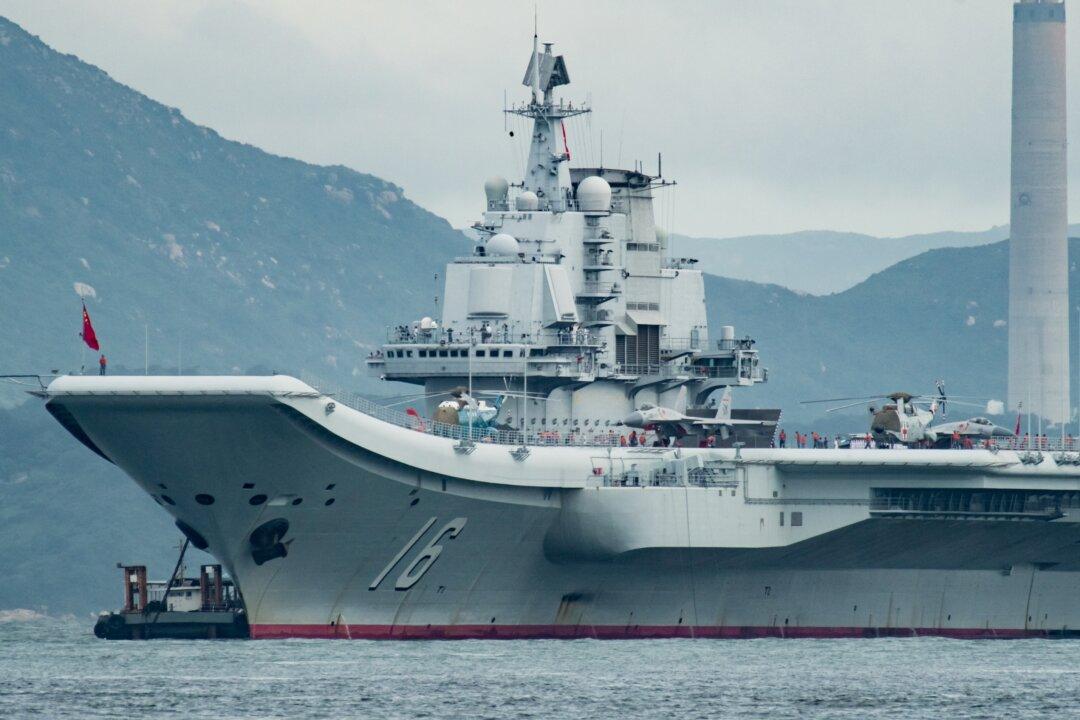President Joe Biden’s $886.3 billion fiscal year 2024 defense budget request includes $842 billion for the Pentagon, a $26 billion, or 3.2 percent, increase over this year’s military spending plan, with the “growing multi-domain threat posed by the People’s Republic of China (PRC)” again named the nation’s most pressing “pacing challenge.”
Both Deputy Defense Secretary Kathleen Hicks and Defense Secretary Lloyd J. Austin III used the same phrase in describing the proposed military budget’s emphasis on China, each calling it “the most strategy-aligned military budget” in the nation’s history.





